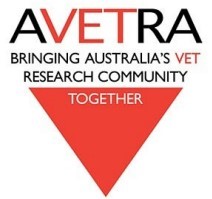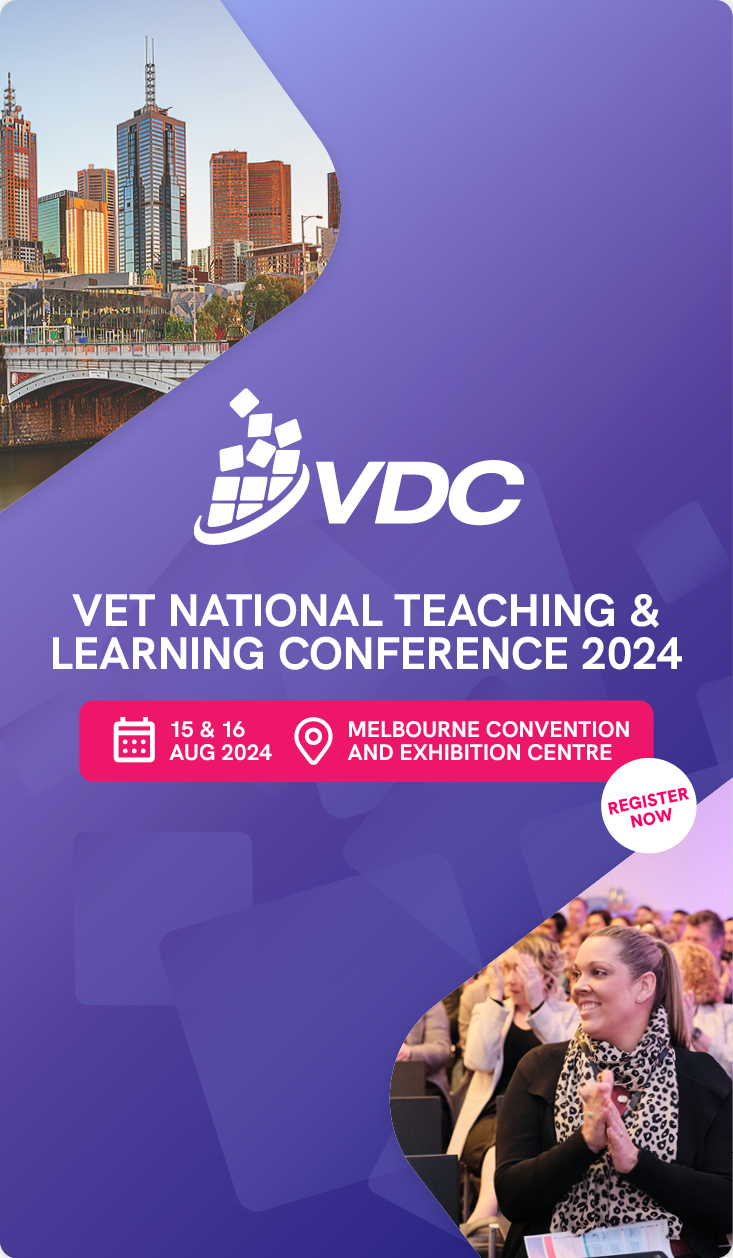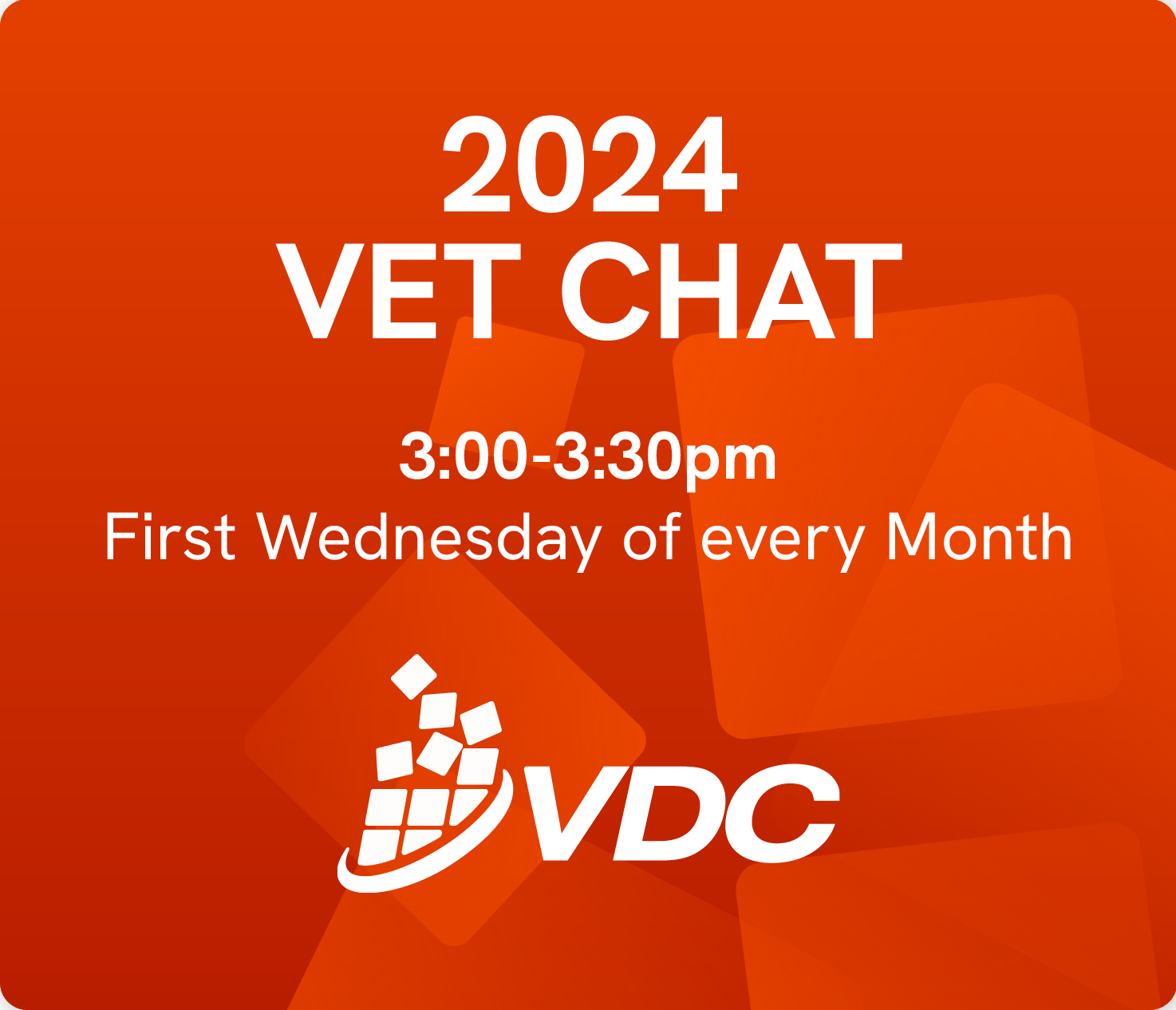Late April saw this conference held at the VET Development Centre in Melbourne’s CBD. Thursday’s sessions were a series of workshops. Friday offered a keynote, 19 papers and two further workshops at the end of the day.
The papers and workshops covered a wide range of topics: from conducting research and institutional developing research capacity to what makes a successful enterprise RTO. In between were presentations on VET teachers and teaching. The program and presentations can be found on AVETRA’s website. Here are some highlights.
The working lives of VET practitioners
In his presentation, Chris Ho from Box Hill TAFE asked practitioners about the changes they had noticed and how these affected them. This involved a series of interviews and case studies. What he was found was that:
“the VET sector is experiencing a paradigm shift from education and training, to corporate governance where all RTOs will be responsible for their own survival and viability.”
This means that stakeholders will need to work together towards a common goal, especially if TAFE institutions and all RTOs are to survive into the future. VET’s practitioners are feeling the pressure to perform in terms of compliance and productivity. This means that all staff need to be more multi skilled to be able to perform the roles dictated by the organisation. But this is challenging, because of the challenges posed by “numerous policy changes, lack of job satisfaction and security, the change from [an] educational to corporate paradigm and the continuous shrinking of government support for the VET sector.”
Developing Communities of Practice to support VET tutors
Lesley Peterson of Peterson Consulting looked at this issue. The project was collaborative and aimed to investigate the effectiveness of a Community of Practice (CoP) as a mechanism for pedagogical development of foundation education tutors in VET. This involved 15 participants across three institutions. The project included a workshop and a series of four-monthly meetings. Activities in between included peer mentoring partnerships, trialling and implementing strategies to support student achievement and building a teaching & learning resource repository. Peterson found that all the tutors felt they benefitted. In particular:
“The … meetings provided a place and space for the tutors to share their teaching experiences, discuss and seek solutions to teaching and learning challenges, and learn from each other [and] … prompted the tutors to engage in critical reflection on and in their practice.”
Peer mentoring was important as it “encouraged ongoing reflection and investigation into teaching practice, built collegial relationships, developed trust – in the peer partnership and within the CoP group.”
A number of challenges are highlighted too, but the program had some valuable outcomes.
Good teaching and learning practice
Finally, Denise Stevens and Anne Deschepper reported on work they are doing for describing the attributes of quality teaching practice with a particular focus on the practitioner’s perspective. This work is being conducted for the Victorian Department of Education and Training. Its aim is to “design and develop a Framework to support quality teaching and assessment processes and outcomes.” It has involved a literature review and interviews with practitioners which has led to the development of a draft set of indicators of good practice in teaching and learning. A second part has involved the development of a guide for practitioners. This guide aims to be applicable at organisation, course and individual teacher levels and across provider types. The project aimed to stimulate discussion and support a real pathway to good practice in the sector. The user guide is a useful resource to look at, and you can access it here!








